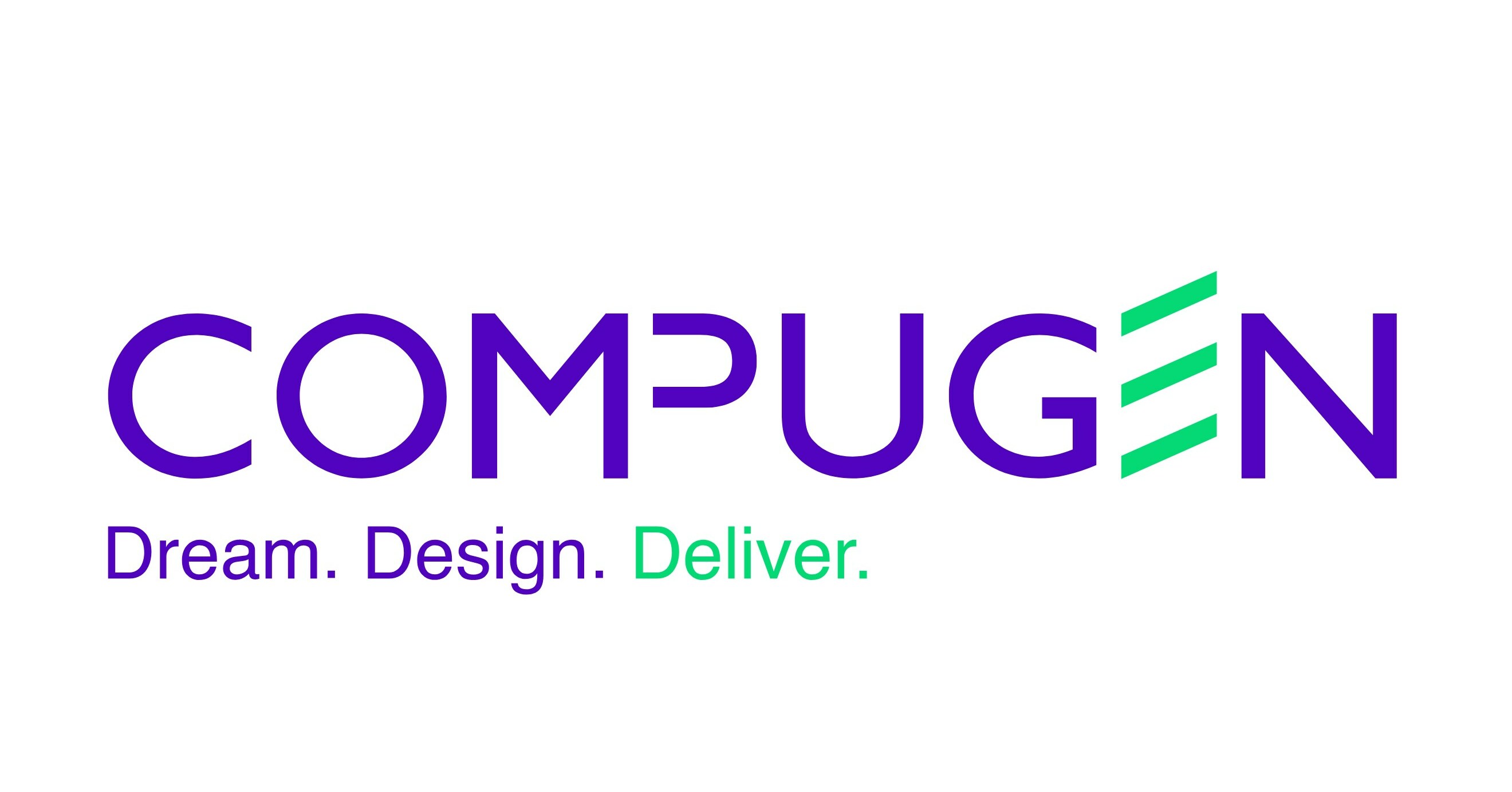The influence of technology on education has evolved rapidly, yielding profound implications for learning environments across the globe. This comprehensive analysis examines how technological advancements are reshaping the educational landscape. Key findings indicate that the integration of digital tools and online platforms has not only enhanced accessibility to education but has also improved the quality of learning outcomes. For instance, online resources such as interactive simulations and e-learning modules have become essential components in diverse educational settings, enriching the learning experience and catering to various learning styles.
Current trends highlight a significant shift towards blended learning models, where traditional classroom interactions are supplemented with digital resources. This hybrid approach facilitates personalized learning pathways, enabling students to progress at their own pace while benefiting from the flexibility that technology offers. Moreover, institutions that adopt these models often experience higher student engagement and retention rates, positioning themselves as leaders in the education sector.
Financial implications of these technological integrations are notable. Institutions investing in advanced educational technologies generally realize a return on investment through increased enrollment and operational efficiencies. For example, the use of cloud computing reduces the need for extensive physical infrastructure, while also lowering maintenance costs. Furthermore, the economic impact of technology in education extends beyond institutional budgets; it has broader ramifications for workforce development. By equipping students with essential digital skills, educational institutions play a crucial role in preparing a competitive workforce, thus driving economic growth and innovation.
In conclusion, this report highlights the pivotal role that technology plays in reshaping educational practices. Through enhanced accessibility, personalized learning, and financial efficiencies, the impact of technology on education is multifaceted, indicating a clear direction for future development in this essential sector.
Introduction to the Current Landscape of Education
The education sector is undergoing a significant transformation, largely influenced by technological advancements that shape how knowledge is imparted and received. Traditionally, the classroom was confined to physical spaces and standardized curricula, creating a homogeneous learning environment. However, with the advent of digital tools and educational resources, the current landscape allows for a more dynamic and interactive approach. This shift has opened doors to diverse learning modalities, catering to varying preferences and needs among students.
At the core of this transformation lies the integration of technology in educational settings. From online learning platforms and interactive software to artificial intelligence and virtual reality, technology is not only altering how educators teach but also how learners engage with material. The expanded access to information through the internet has democratized education, enabling students from various backgrounds to explore subjects of interest beyond the traditional curriculum. Moreover, this accessibility can be particularly advantageous for marginalized groups who may not have had equal educational opportunities previously.
The relevance of technology in education is underscored by the ongoing debates about effective pedagogical practices and the necessary skills required in the 21st century. Educators are increasingly tasked with preparing students for a rapidly evolving workforce where digital literacy is paramount. Consequently, the analysis of technology’s role in educational reform has become crucial; it helps identify strategies that enhance educational outcomes and foster lifelong learning. As educational institutions adapt to the digital age, it is essential to scrutinize both the benefits and challenges that technology presents for stakeholders, including students, teachers, and policymakers.
Market Trends in Educational Technology
The landscape of educational technology is constantly evolving, significantly impacting how learners engage with educational materials and how institutions approach teaching. A primary driver of this shift is the growing demand for online learning resources. Recent statistics indicate that the global e-learning market is projected to reach approximately $375 billion by 2026, propelled by the necessity for flexible learning solutions in a fast-paced world.
One notable trend within this realm is the proliferation of emerging technology tools that enhance the learning experience. Innovations such as artificial intelligence, virtual reality, and gamification are becoming integral components of educational platforms. AI, for instance, is being utilized to personalize learning experiences through adaptive learning systems that cater to individual student needs. Such tools not only improve engagement levels but also bolster learning outcomes, making them indispensable for modern education.
Moreover, changing learner demographics are influencing educational technology trends. As more non-traditional students, including adult learners and professionals seeking career advancement, enter the educational landscape, institutions are adapting their offerings to meet diverse needs. This shift has led to an increase in the development of micro-credentialing programs and alternative certifications that focus on specific skills rather than traditional degree paths. Consequently, educational technology is becoming more accessible and tailored, accommodating a wider audience.
Furthermore, the recent COVID-19 pandemic has accelerated the adoption of digital tools in education, highlighting the need for advanced infrastructure and resources to support both teachers and students in a remote learning environment. With over 1.5 billion students affected at the height of the crisis, educational institutions realized the critical importance of integrating technology into their pedagogy. As a result, investments in educational technology are on the rise, indicating a sustained commitment to enhancing educational delivery through innovative solutions.
Financial Implications for Educational Institutions
The integration of technology into education brings a variety of financial implications for educational institutions. Initially, the costs associated with adopting technology can be significant. These expenditures can range from purchasing hardware and software to investing in necessary infrastructure upgrades. Educational institutions must consider not only the immediate costs but also long-term financial commitments, such as maintenance, licensing fees, and training for staff to effectively use new tools and platforms. In this context, budgeting becomes a critical aspect of successful technology implementation.
Despite these initial outlays, adopting technology can lead to potential savings over time. For instance, the use of digital learning resources can significantly reduce spending on traditional textbooks and classroom supplies. Additionally, technology-enhanced learning environments may lower administrative costs through increased efficiency, allowing educators to focus more on instruction rather than administrative tasks. Furthermore, online learning platforms can facilitate cost-effective access to quality education for a wider audience, particularly in regions where physical attendance may be hindered by geographical or financial constraints.
Funding opportunities are also a crucial consideration. Various government programs, grants, and private sector partnerships can alleviate some of the financial burdens associated with technology implementation in education. Institutions can apply for federal and state funds designed to promote technology enhancement, and many non-profit organizations specifically support educational technology initiatives. By leveraging these resources, institutions can ease the financial strain of adopting new technologies, thus improving the overall economic viability of their educational frameworks.
In conclusion, while the financial implications of integrating technology in education may initially seem daunting, they present a host of opportunities for efficiency gains, cost savings, and enhanced funding options. Institutions that navigate these financial aspects effectively can harness technology’s potential, ultimately benefitting students and educators alike.
Broader Economic Implications
The integration of technology in education has significant broader economic implications that extend beyond the classroom. As educational institutions adopt advanced technologies, they play a crucial role in workforce development. The emergence of online learning platforms, interactive tools, and digital resources enhances the skill sets of students, better preparing them for the demands of a rapidly evolving job market. This preparation not only benefits individual learners but also supports industry needs, ensuring that the workforce remains competitive on a global scale.
In light of the changes brought on by digital education, employment trends are also shifting. Many industries now require proficiency in technological skills, prompting educational organizations to tailor their curricula to align with these needs. Consequently, traditional career paths are evolving, giving rise to new sectors and job roles that prior generations may not have anticipated. The data supports that as companies look for adaptable employees with technical knowledge, educational technology fosters a talent pipeline enriched with the capabilities necessary for today’s economy.
Moreover, the potential for international education markets cannot be overlooked. Technology facilitates cross-border educational opportunities, allowing students from diverse geographical locations to access high-quality resources and instruction. This globalization of education not only enhances educational offerings but also stimulates economic growth in multiple regions. Institutions that embrace technology attract international students, driving revenue and promoting cultural exchange. According to economic theories, this can lead to more robust economic environments, fostering innovation and productivity as knowledge transfer occurs across borders.
Overall, the interplay between technological advancements in education and the economy illustrates a dynamic relationship where both sectors can thrive. Through strategic investments in education technology, society can cultivate a future-ready workforce, adapt to emerging employment trends, and capitalize on the burgeoning international education market.
Opportunities and Risks Associated with Educational Technology
The integration of technology in education presents a myriad of opportunities that can significantly enhance learning outcomes. One of the most notable advantages is the accessibility of educational resources. With the rise of online learning platforms, students from diverse backgrounds and geographic locations can access quality education that was previously out of reach. This democratization of knowledge fosters an inclusive learning environment, allowing individuals to pursue lifelong learning and professional development at their own pace.
Moreover, educational technology fosters an interactive and engaging learning experience. Tools such as virtual simulations, gamified learning environments, and interactive multimedia content stimulate student interest and cater to various learning styles. This adaptability can lead to improved retention rates and higher academic achievement. Additionally, technology facilitates collaboration among students and educators, allowing for real-time feedback and the sharing of resources across platforms, thereby enriching the educational experience.
However, along with these opportunities come significant risks that merit consideration. One of the foremost concerns is the digital divide, which highlights the disparity in access to technology among different socioeconomic groups. While some students benefit from high-speed internet and advanced devices, others may struggle to participate due to insufficient resources. This gap can exacerbate existing inequalities in educational achievement and limit the full potential of technology in education.
Data privacy is another critical risk associated with educational technology. As schools increasingly collect and analyze student data to personalize learning, concerns regarding the protection of sensitive information arise. Unauthorized access, data breaches, or misuse of personal data can pose serious threats to students’ privacy and security. Hence, educational institutions must implement robust data protection policies and practices to safeguard user information while harnessing the benefits of technology.
Quotes from Industry Leaders and Experts
Industry leaders and experts across various sectors continuously discuss the transformative influence of technology on education. Their insights underscore how technological advancements are reshaping learning environments and methodologies. For instance, Sal Khan, the founder of Khan Academy, highlights this transformational narrative by stating, “Technology allows us to reach millions of students and personalize their educational experience, enabling them to learn at their own pace.” This perspective emphasizes the capacity of technology to cater to diverse learning styles and paces, ultimately making education more inclusive.
Furthermore, Arne Duncan, the former U.S. Secretary of Education, articulates another significant aspect of this evolution. He affirms, “In today’s world, technology is not just a supplement to education; it is a fundamental part of how we teach and learn.” Duncan’s assertion points to the necessity of integrating technology into the core fabric of educational systems. It serves as a reminder that to prepare students for the future, educational institutions must embrace technological tools and resources effectively.
Another noteworthy observation comes from Richard Culatta, the CEO of the International Society for Technology in Education (ISTE), who states, “Technology is a powerful tool for creating engaging and immersive learning experiences that invite students to become active participants in their education.” This statement reflects the potential of technology to engage students in more interactive and participatory learning processes, contrasting with traditional, passive learning methods. Such engagement not only fosters deeper understanding but also encourages critical thinking and collaboration among students.
In compiling these quotes, it becomes evident that the perspectives of industry titans on technology’s role in education are consistent. They collectively advocate for a future where technology is integral to educational methodologies, fostering a more interactive and personalized learning landscape.
Future Outlook on Technology in Education
The future of technology in education is poised to evolve significantly, driven by advancements in digital tools and pedagogical approaches. Emerging technologies such as artificial intelligence (AI), virtual reality (VR), and augmented reality (AR) are anticipated to play pivotal roles in reshaping the learning landscape. These innovations have the potential to create immersive and personalized educational experiences, allowing learners to engage with complex concepts in dynamic environments. For instance, VR can simulate real-world environments for experiential learning, while AI can tailor instructional materials to meet individual student needs.
Moreover, the integration of data analytics in education will enhance the tracking of student progression and outcomes. By utilizing sophisticated algorithms, educators can analyze performance metrics to identify learning gaps and intervene effectively, thereby fostering a more supportive educational framework. Furthermore, the growth of digital platforms and online courses signifies a shift towards blended and flexible learning models that accommodate diverse learning styles. This trend is particularly pertinent in light of recent global events that have accelerated the transition to remote learning.
As technology continues to permeate educational systems, stakeholders—including educators, administrators, and policymakers—will need to adapt accordingly. Training programs that prepare educators to effectively incorporate new technologies into their teaching practices will be essential. Additionally, considerations surrounding equity and access must be addressed to ensure that all students can benefit from technological advancements. The potential for technology to enhance collaboration and engagement in learning emphasizes the necessity for an inclusive approach that considers varied student backgrounds and resources.
In conclusion, as we look ahead, it becomes evident that technology will remain a driving force in education, shaping not only how knowledge is imparted but also how it is experienced. The impact of these advancements will depend largely on the collective efforts of all stakeholders in embracing and adapting to the possibilities that lie ahead.
Conclusion
The exploration of technology’s impact on education reveals a multifaceted landscape that continues to evolve rapidly. As this analysis highlights, the integration of digital tools and online resources has transformed traditional teaching methodologies, enhancing accessibility and engagement in learning processes. The ubiquity of technology in educational settings has not only democratized knowledge but has also enabled personalized learning experiences tailored to individual student needs. Moreover, the report underscores the significance of digital literacy as a critical skill for both educators and students, emphasizing the necessity for ongoing professional development in technology utilization.
Investors and business professionals within the education sector should note the increasing demand for innovative educational technologies, such as learning management systems and interactive platforms. These technological advancements are reshaping the market dynamics, thus presenting new opportunities for investment and growth. Acknowledging trends such as gamification, artificial intelligence, and virtual reality can provide valuable insights into future developments within the field of education. Furthermore, the growing emphasis on remote and hybrid learning environments, accelerated by recent global events, reaffirms the need for businesses to adapt and respond to shifting educational paradigms.
It is essential for stakeholders in the education sector to remain cognizant of the continuous interplay between technology and pedagogy. Evaluating the impact of technological advancements on educational outcomes will be vital for refining strategies aimed at boosting learner engagement and achievement. Consequently, understanding the influence of technology on education is not merely an academic exercise; it is imperative for making informed decisions that foster innovation and inclusion in the learning experience. As we move forward, a comprehensive approach to evaluating and integrating technology in education will be paramount for achieving sustainable development and enhancing the quality of education for future generations.
Bibliography
In order to provide a robust foundation for the insights discussed in this report on the impact of technology on education, a comprehensive bibliography has been compiled. This section ensures transparency and adherence to academic standards, allowing readers to explore the sources that informed the analysis. The references include studies, articles, and opinions from esteemed experts in the field of educational technology.
The following list is organized alphabetically by author surname, and it includes a variety of resources, ranging from academic journals to reputable online articles. Each reference has been formatted according to standard citation guidelines to facilitate easy retrieval for further reading. The aim is to present a diverse array of perspectives that encompass the multifaceted nature of technology’s influence on learning environments.
1. Anderson, T. (2019). The Role of Technology in Transforming Education: A Global Perspective. Journal of Educational Technology, 35(2), 45-62.
2. Baker, M. (2020). Online Learning and Its Effect on Student Engagement. International Review of Research in Open and Distributed Learning, 21(3), 102-120.
3. Jones, L. & Smith, R. (2021). Integrating Technology in the Classroom: A Comprehensive Guide. New York: Educational Press.
4. Martin, J. (2018). Evaluating the Efficacy of Educational Apps in K-12 Schools: A Systematic Review. Computers & Education, 128, 1-15.
5. Parker, S. (2022). The Future of Education: Blending Technology with Traditional Teaching Methods. Educational Leadership Quarterly, 25(4), 31-47.
6. Wilson, A. (2019). The Impact of Artificial Intelligence on Learning and Assessment. Educational Technology Research and Development, 67(5), 745-762.
This carefully curated bibliography serves as a valuable resource for those interested in the evolving role of technology in education, offering a comprehensive insight into the empirical evidence and scholarly debate surrounding the subject. The inclusion of these works not only underscores the importance of research in shaping educational practices but also reflects the dynamic nature of technology’s contributions to learning.




